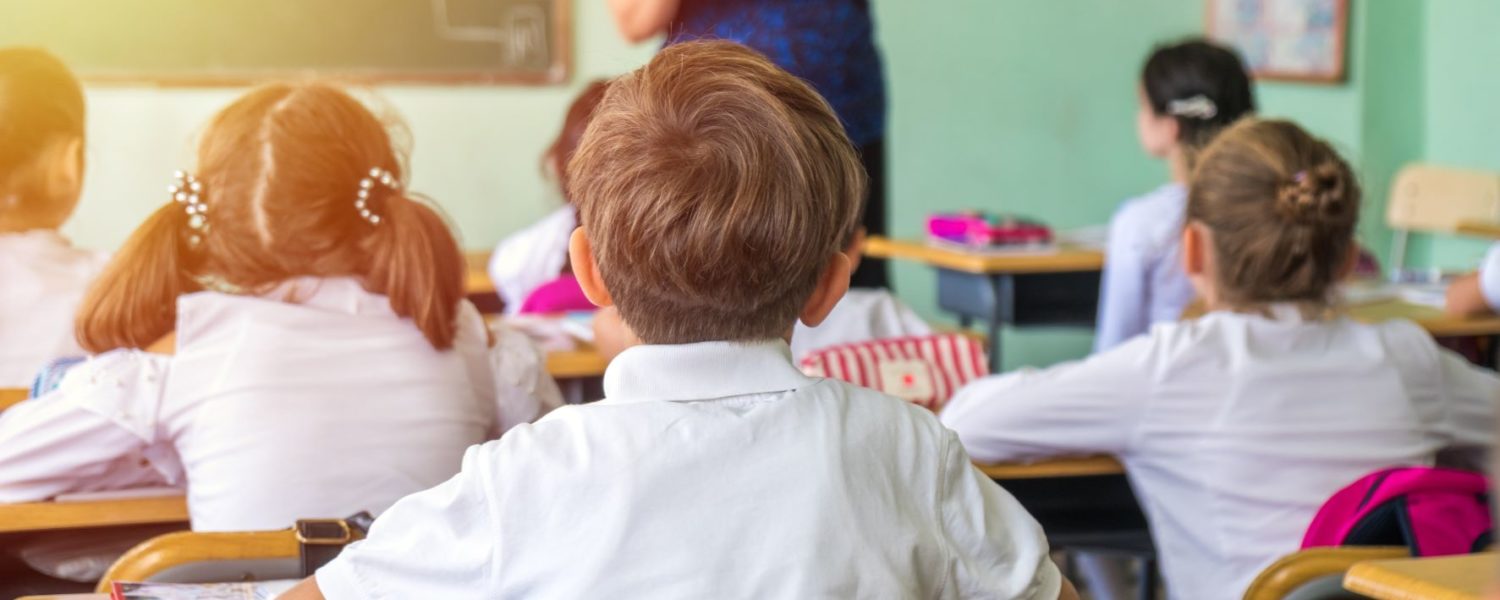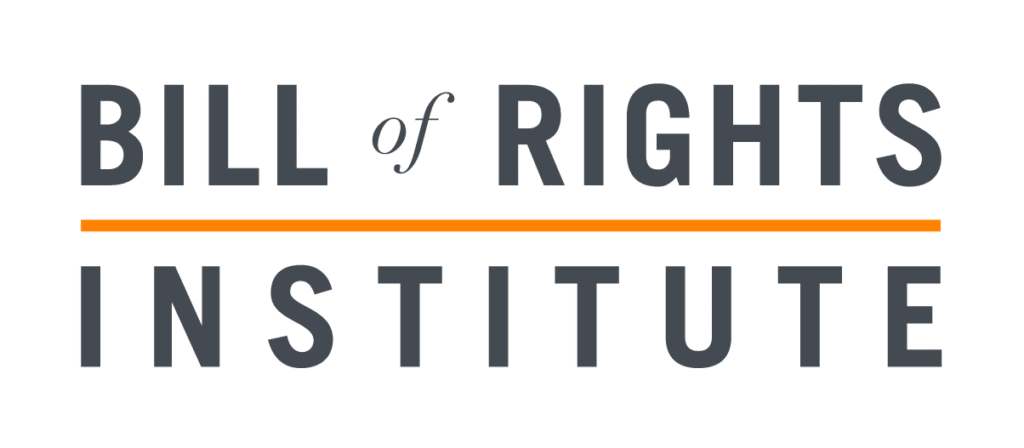When you take the time to learn more about the latest trends in education, it can help inform and improve your own classroom instruction. It’s challenging to find time to stay up to date on the latest trends in K-12 education around the country. But understanding how education is growing and changing is vital to student success.
- Trauma-Sensitive Education
Also referred to as “trauma-informed education,” this trend in recognizes that trauma has a big impact on how students learn in school. When a student experiences a traumatic event — or series of events — at home, their brain rewires itself to cope with their experience. When this happens, students often struggle to learn and behave in a traditional classroom environment. This trend is doing two things.
First, it recognizes that this happens. Before you can adapt your classroom and instruction to deal with student trauma, you first have to understand what it is and how it impacts children. It’s also important to do everything you can to know what’s going on with your students.
The second part of this trend goes beyond recognizing the impact of trauma and figuring out how to work with it. There’s no way to erase what a child has experienced — although sometimes we wish we could — so the challenge is learning how to teach children to cope with it while still engaging in the classroom.
- Educator Self-Care
Whenever you get on a plane, the flight attendants always instruct you to put on your own oxygen masks before helping others — the same applies to educators. If educators aren’t addressing their own trauma or struggles, they won’t be as effective in helping their students.
Traditionally, teachers have looked to summer break as their time to step back and indulge in self-care, whether it’s exercise, counseling, pursuing a hobby or spending time with friends. But when these basic human needs are set aside for an extended period of time, they can’t be cured and addressed in just a couple of months. This has sparked an increased push for teacher wellness, meaning educators are being encouraged to take care of themselves as part of their strategy for becoming better educators.
Encouraging continued learning is also a great way to keep teachers engaged and interested in the world around them. Encourage teachers to pursue learning in a topic outside of their classroom. Artistic expression and learning about something different are both great ways to relax and refresh a teacher’s mind.
- Social Media and the Educator’s Toolkit
Kids are spending more time than ever on the Internet, specifically social media, so harness that and use it for good. Sites like Twitter and Facebook are great platforms for finding and sharing information. When students are taught how to identify legitimate information — and how to weed out prank sites and fake news — they’ll be better researchers and better equipped to use these platforms in the future. Social media can also offer students and teachers the opportunity to interact outside the classroom.
The collaborative nature of social media lends itself to great classroom applications, but there’s more to it than that. By teaching students the positive power of social media, you can also include instruction and guidance toward avoiding the negative aspects of social media, such as cyberbullying.
- Impact of Facilities on Learning
There is a direct connection between the condition of a school building and student absenteeism, especially among younger students. The quality of the building, as well as how current facilities and resources are, impacts learning. When students attend clean, modern schools, there are also fewer behavioral problems and higher test scores. But it’s not just students who respond well to newer, cleaner facilities — teacher behavior and instruction also improve when the conditions they’re teaching in are better.
Look around your school and take stock of what’s there. Then, work with the administration and local school district to identify areas of improvement and the funding needed to accomplish them. Include teacher input where you can — teachers should be encouraged to advocate for themselves and their students at all levels.
- Providing Individualized Attention
This one can be tricky in areas where class sizes are particularly large. We aren’t saying a teacher should provide each student with an individualized lesson plan and daily one-on-one tutoring, but rather that they need to recognize that their students are individuals. As individuals, they will naturally have different ways of learning, different barriers to success and different measures of achievement.
Encouraging teachers to step back and evaluate each child allows them to plan lessons that will reach a mixture of learning styles in a “something-for-everyone” approach. It will allow them to identify potential problem areas for students before they arise and develop ways to help those students overcome challenges. By thinking of students as individuals and refusing to follow a one-size-fits-all teaching method, teachers are better equipped to help their students succeed — both in the short-term and later on in life.
- Student Educators
In the past, educators believed setting rules and guidelines for their class, and then enforcing them was the most effective way to run a classroom. In more recent years, there has been a push to revise that belief and allow students to contribute to classroom governance. By encouraging students — yes, even elementary school-aged students — to contribute to classroom rules and consequences, students have an increased interest in abiding by them. By giving students the chance to contribute to what goes on in the classroom, teachers are finding that students are more likely to follow the rules and feel invested in maintaining a good classroom atmosphere.
- Virtual Reality Inside the Classroom
Virtual reality is exploding, and its impact on education is already being realized. As more schools and classrooms get access to VR tools, students can use these to supplement classroom instruction by “traveling” to places they’re learning about in geography or inserting themselves into a novel they’re reading in English class. VR is also being used to guide students through social situations they may face and help them build social and academic skills they need to succeed.
However, don’t rely solely on VR experiences to provide content. Even if the content is in there, students will naturally be distracted by the experience itself and can miss out on important information. Use VR as a supplement to other classroom instruction so students can fully grasp the material.
This article is courtesy of Success by Design, a leader in developing planners as a vital educational tool since 1988, www.successbydesign.com.





